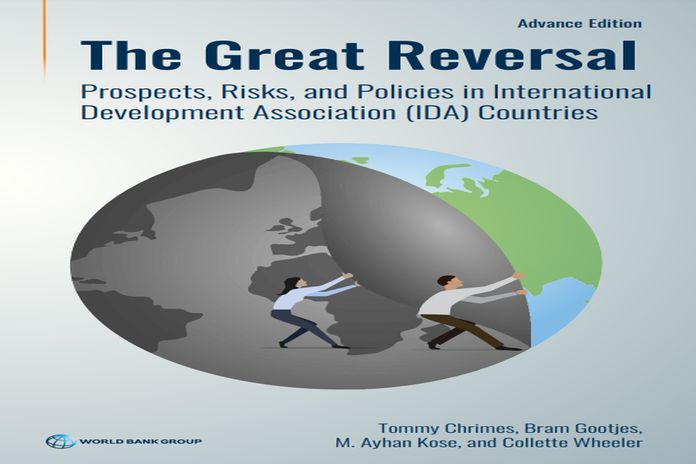
‘Historical reversal’: World Bank warns of widening gap between poorest and wealthy nations
One-half of the world’s 75 poorest countries — more than half of whom are in Sub-Saharan Africa — are facing a widening income gap with the wealthiest economies for the first time this century in a historical reversal of development, according to a new report released by the World Bank.
The report unveiled this week says that IDA (International Development Association) countries face an array of persistent development challenges that have been exacerbated by the Covid-19 pandemic and subsequent crises. Their recovery from the pandemic-induced global recession has been rather weak and their subdued growth has substantially hindered progress towards global development objectives. The report also notes that advances in reducing extreme poverty have stalled after years of hard-fought progress. They are also faced with debt vulnerabilities and mounting debt servicing costs, surging food insecurity.
As a result, the differential between per capita income growth in the 75 poorest countries and the wealthiest ones has widened over the past five years, according to the report titled ‘The Great Reversal: Prospects, Risks, and Policies in International Development Association Countries’. “For the first time, we see there is no convergence. They’re getting poorer,” Ayhan Kose, deputy chief economist for the World Bank says. The report also outlines key characteristics of IDA countries, of which more than half are in Sub-Saharan Africa and nearly 20% are in East Asia and the Pacific, that are, among others: low per capita income, small share of global output, widespread extreme poverty, less open to trade, undiversified production and exports, exposure to climate change-related and other natural disasters, pervasive development gaps despite progress, weak institutions, limited fiscal space, persistent twin deficits.
